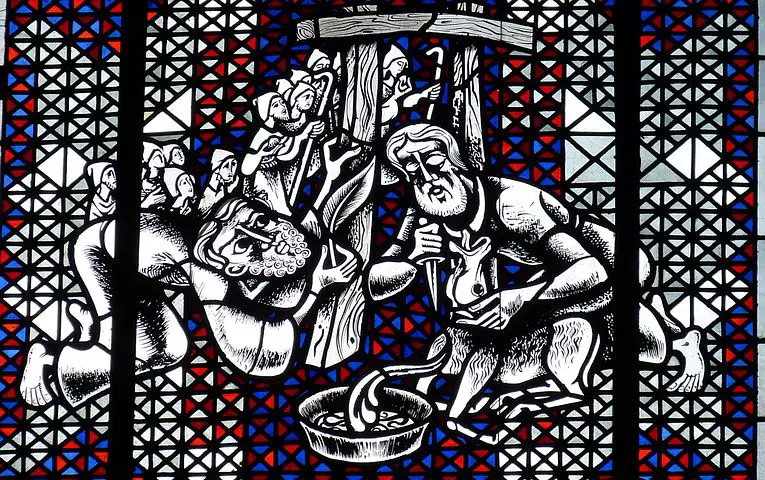Doctrine
5 differences between Passover and Easter
Passover and Easter are two important holidays celebrated by two different religions with different beliefs and practices. While Passover is celebrated by the Jewish community to commemorate their freedom from slavery in Egypt, Easter is celebrated by Christians to commemorate the resurrection of Jesus Christ. In this article, we will discuss five key differences between Passover and Easter with biblical references.
- Origins:
The origins of Passover can be traced back to the book of Exodus in the Hebrew Bible. The story goes that the Jewish people were enslaved in Egypt for many years until Moses led them out of slavery and to the Promised Land. Passover is celebrated to commemorate the night when the angel of death passed over the houses of the Israelites, sparing their firstborns, while killing the firstborns of the Egyptians. The Jewish people were then instructed to mark their doorposts with the blood of a lamb, as a sign for the angel of death to pass over their homes.
On the other hand, the origins of Easter can be traced back to the New Testament in the Bible. It is believed that Jesus Christ was crucified on a Friday, which is now known as Good Friday. Three days later, he rose from the dead, which is celebrated as Easter Sunday.
- Significance:
The significance of Passover lies in the Jewish people’s liberation from slavery and their journey to the Promised Land. It is a reminder of God’s deliverance and protection of his people. Passover is celebrated by retelling the story of the Exodus, and by participating in a Seder meal, which involves eating specific foods and reciting prayers and blessings.
In contrast, the significance of Easter lies in the resurrection of Jesus Christ. It is a reminder of God’s victory over sin and death. Easter is celebrated by attending church services, participating in the sacrament of communion, and engaging in traditions like Easter egg hunts and the giving of Easter baskets.
- Timing:
Passover is celebrated in the spring, usually in March or April, and lasts for seven or eight days, depending on the Jewish denomination. The exact date of Passover is determined by the Hebrew calendar, and it begins on the 15th day of the Hebrew month of Nisan.
Easter, on the other hand, is celebrated on the first Sunday following the first full moon after the vernal equinox. This means that Easter can fall anywhere between March 22 and April 25. The Easter season lasts for 50 days, beginning on Easter Sunday and ending on Pentecost Sunday.
- Symbolism:
The symbols of Passover include matzah (unleavened bread), maror (bitter herbs), charoset (a mixture of apples, nuts, and wine), and the shank bone of a lamb. Each of these symbols represents an aspect of the Exodus story, such as the unleavened bread representing the haste with which the Jewish people left Egypt.
The symbols of Easter include the cross, which represents the crucifixion of Jesus Christ, and the Easter egg, which represents new life and the resurrection of Jesus. The color white is often associated with Easter, representing purity and the new life that comes with the resurrection.
- Observance:
Passover is observed by Jews all over the world, with traditional practices varying among different Jewish communities. The Seder meal is a central part of the Passover observance, with families coming together to retell the story of the Exodus and to partake in traditional foods and prayers.
Easter is observed by Christians all over the world, with traditional practices varying among different Christian denominations. Church services are a central part of the Easter observance, with special services held on Good Friday and Easter Sunday. Other traditions, such as the Easter egg hunt, are popular among families and communities.
About Author




























